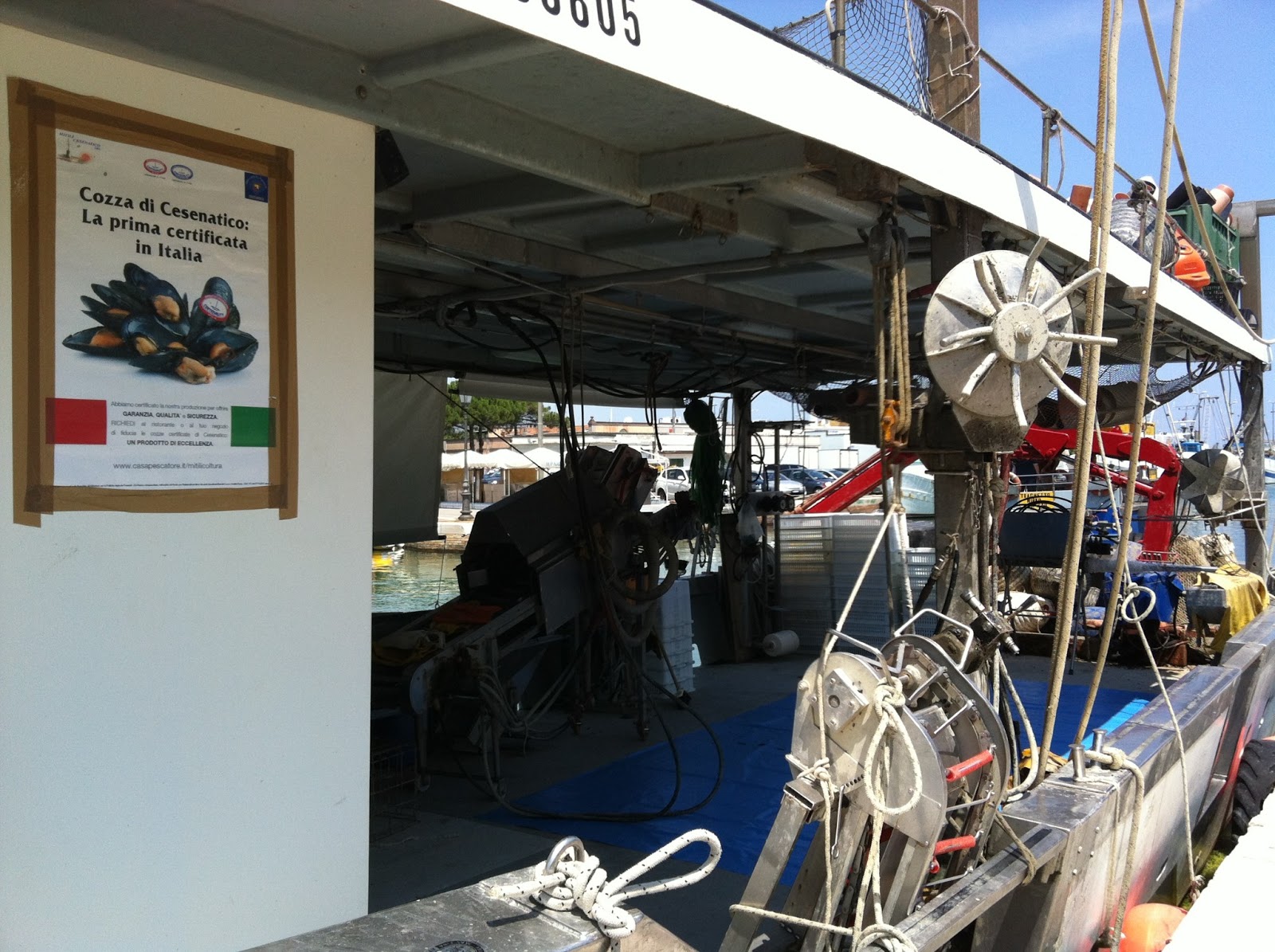During the first week-ends of October, Morbegno hosts a very well organized event: the old wineries of the town open their doors to public. It's called "Morbegno in Cantina" and it's a very good way to taste good wine that is produced with the grapes cultivated here near and the good plates!!!

Since you are going to drink a lot, be aware and reach the town by train directly from Monza or Milan: in two hours you can easily reach the city centre. Soon afterwards buy the ticket of one of the tours you prefer and then start tasting.....
Morbegno is a town in Lower Valtellina and it is found at the mouth of the Valgerola, at the point where the Bitto streams merges with the Adda. Its location has allowed a notable expansion thanks to commercial exchanges with Lake Como, Po Valley and Bergamo area.
.JPG) I have been there for 3 times in the past years and tried always different routes: the first one, the one I preferred thanks to my friends Fabio and Cristina, was in Traona on a saturday afternoon... we were enjoying the atmosphere so much that we lost the last available bus to get back to the centre of Morbegno and, at night, we have had to walk about 3 hours!!! Please don't forget to coordinate your time... The second one was in the centre of Morbegno on a Friday night but it was not so funny and the latest and the most different was Gustosando: we ventured in the wineries of Dazio and Civo.
I have been there for 3 times in the past years and tried always different routes: the first one, the one I preferred thanks to my friends Fabio and Cristina, was in Traona on a saturday afternoon... we were enjoying the atmosphere so much that we lost the last available bus to get back to the centre of Morbegno and, at night, we have had to walk about 3 hours!!! Please don't forget to coordinate your time... The second one was in the centre of Morbegno on a Friday night but it was not so funny and the latest and the most different was Gustosando: we ventured in the wineries of Dazio and Civo.
From the main square of Morbegno, every half an hour a bus leaves to take you to the first village where you can reach the oratory from where the tour is gonna starting.
Don't forget to take out your glass to be filled in by the host and the dish on which you will be served different typical plates.
The first one we tasted was the so called
LOW-FAT SOUP
Sincerely I don't know why it is so called, have a look at the ingredients with me:
1 stale loaf;
1 liter meat broth;
100g casera cheese;
50g Parmesan cheese;
1/2 onion;
butter.
Break the loaf into pieces and put them into a tureen, pour over it the boiling broth and add diced casera. Sprinkle over Parmesan cheese and finally add the onion that you have previuosly sliced and cooked in the butter.
Enjoy it!!
But if it is cold and you eat it with a good wine glass...it's delicious.
Then the tour goes on and following the directions you can find the other refreshment points and taste the different wines they propose and the different plates.
Another one I liked really very much was the Lasagnette with bresaola and casera cheese even if, at first sight, you cannot think they are very light! In this version of the lasagne you substitute the ragout with bechamel and diced bresaola and cheese.
I think that Morbegno in cantina is a very nice event that allows you to deeper know Valtellina and amaze your taste.
.JPG)














































